How to make homemade ginger beer, including photos and a video! This simply recipe is lower in sugar than store-bought ginger beer, contains vitamins and probiotics, and is a healthier alternative to most carbonated drinks because it contains less sugar and no carbonated water.
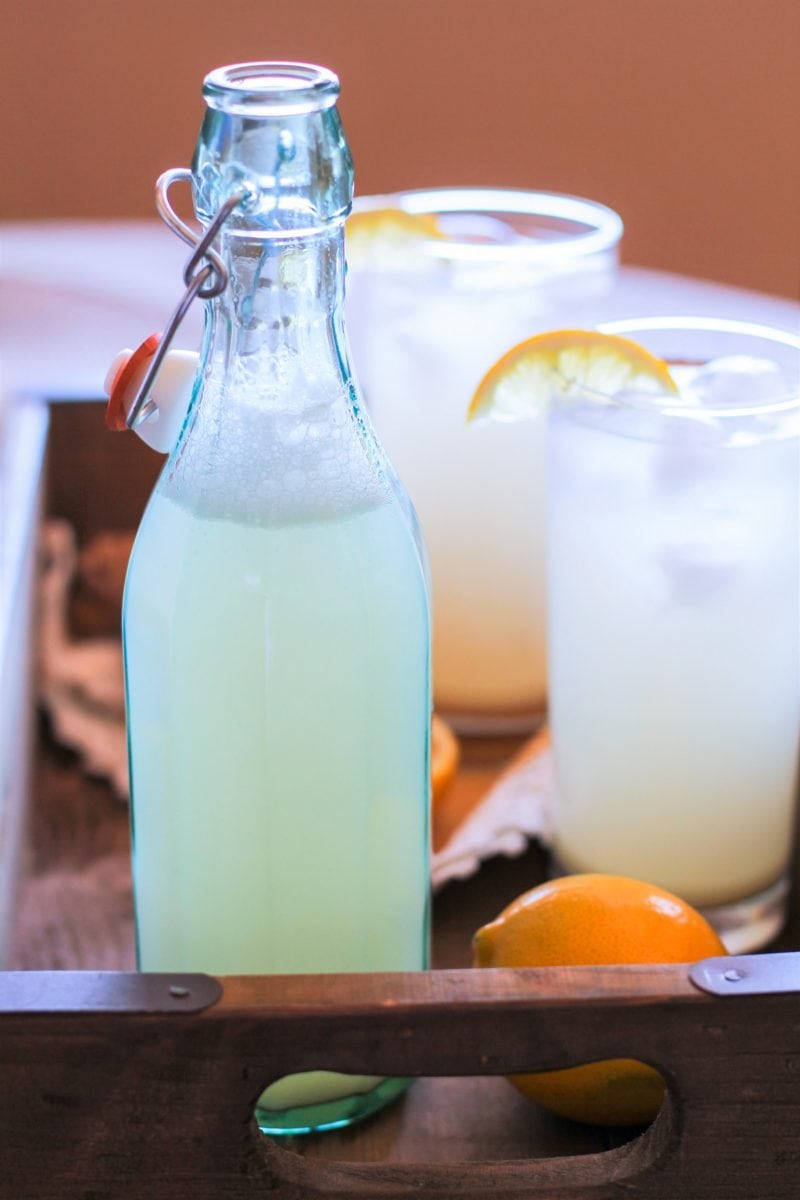
Ginger beer has been all the rage for years, and for a very good reason.
The sweet and spicy beverage is tasty by itself and adds pep to all sorts of cocktails and mocktails. If you’re anything like me, you could add ginger beer to all of your cocktails from now until doomsday.
Most of us think of ginger beer in the context of the Dark n’ Stormy or Moscow Mule and other cocktails that involve the brew. But did you know you can make a stellar homemade ginger ale at home, and not only is it easy, but it’s also great for you?
Because we like to do things in the legit-est of ways, we’re going to put on our DIY cap and learn how to make fermented ginger beer at home.
And it’s going to be healthier than the store-bought version, because that’s the way we roll.
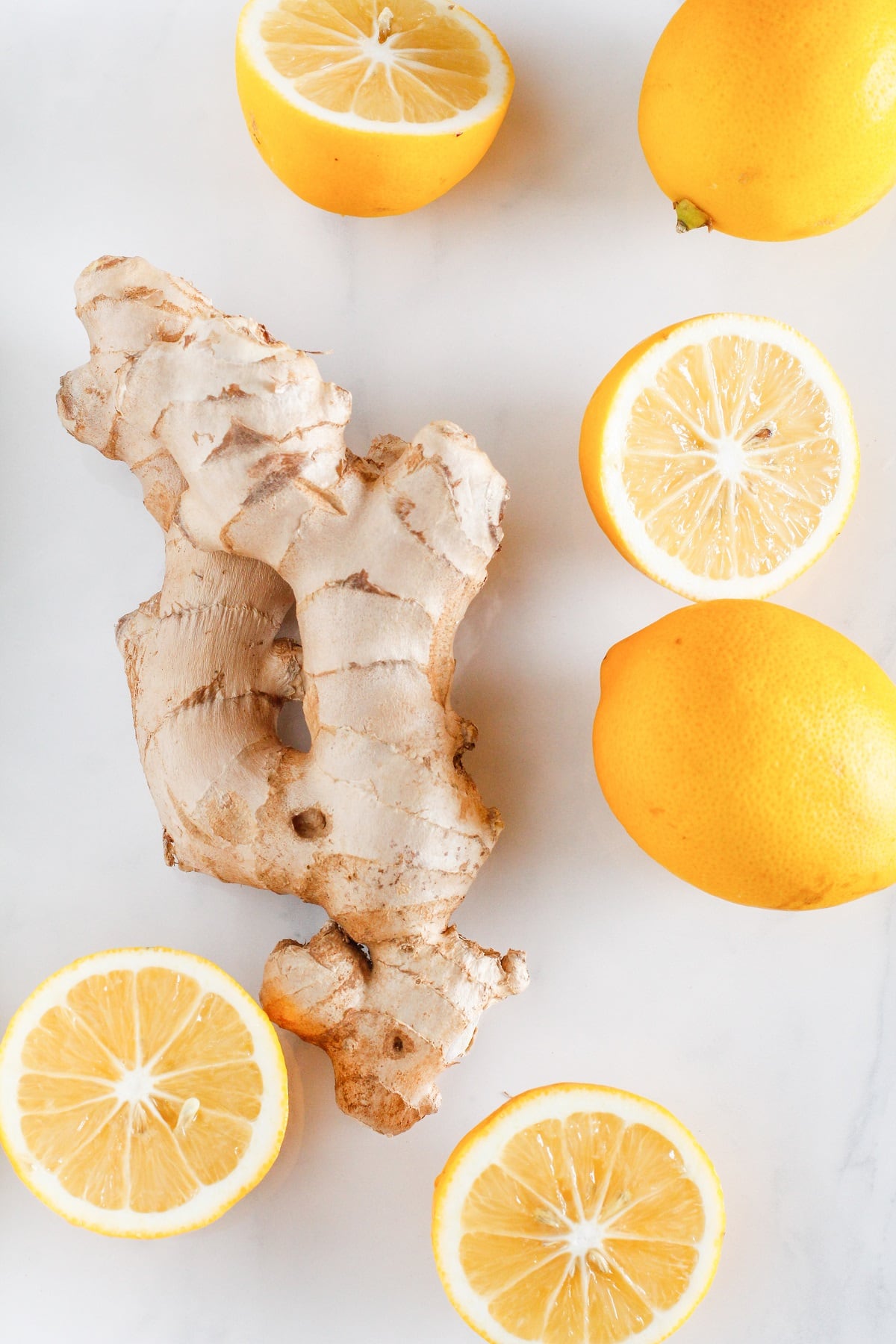
Types of Homemade Ginger Beer Recipes:
There are several ways to make ginger beer.
Method #1: Most people make a simple syrup using ginger, sugar, and water, and then combine the simple syrup with soda water or seltzer water.
While this is the least time consuming way of making ginger beer, and definitely comes out tasting great, we can take it a step farther by fermenting ginger beer into a healthful drink so that it contains less sugar but still tastes sweet.
Method #2: The old fashioned way uses a “ginger bug” or “ginger starter,” which is ginger that has fermented in sugar and water to the point that its natural enzymes and probiotics are released.
Once a ginger bug is formed, it is then brewed into a batch of ginger brew, which results in a probiotic-rich effervescent drink.
This method of making ginger beer takes between 4 and 6 weeks, and is the method I describe in my cookbook, Delicious Probiotic Drinks.
I have also posted a tutorial on How to Make Probiotic Ginger Beer on this site for real ginger beer. Check it out if you’re looking for a beverage with a higher concentration of probiotics.
It is also an alcoholic ginger beer that has a tiny amount of alcohol but can be fermented in such a way that increases the alcohol content.
Method #3 (this recipe): The method I’m sharing in this post uses regular baker’s yeast.
The yeast consumes the sugar as it reproduces, which means that while the finished product tastes sweet, it is actually very low in sugar. Plus, it contains so much delicious ginger flavor!
Which Type of Ginger Beer To Make:
The quickest way is Method #1 listed above, which will require a recipe outside of this blog post.
Whether you choose to make this easy ginger beer recipe laid out in this post or my probiotic ginger beer is a matter of personal preference (and time).
For those of us who want ginger beer quickly, this easy version only takes 3 days from start to finish.
It still has health benefits from the yeast, but because it is not fermented for as long as the authentic version, it isn’t as probiotic-rich.
Is There Any Alcohol in Ginger Beer?
As with any fermentation process, a small amount of alcohol results.
The alcohol content in this ginger beer recipe is very low, almost non-existent.
Still, if you need to avoid alcohol, it is best to be safe and stick with a non-alcoholic ginger beer.
Ingredients Needed for Ginger Beer:
All it takes is fresh grated organic ginger, cream of tartar, lemon juice, active dry yeast, and cold water.
You can replace the lemon juice with lime juice if you’d like. I always go with organic fresh ginger root because it contains plenty of natural bacteria and natural yeasts for the best ginger beer.
Some people add brewer’s yeast (beer yeast) or champagne yeast to this recipe to boost the activity and alcohol content.
I don’t personally have experience with either one so can’t offer advice on how much to use or how to employ it, but if you’re interested in stepping up your brew, they are worth looking into!
I have also heard some people use sourdough starter to make ginger beer, but I have no experience with this either.
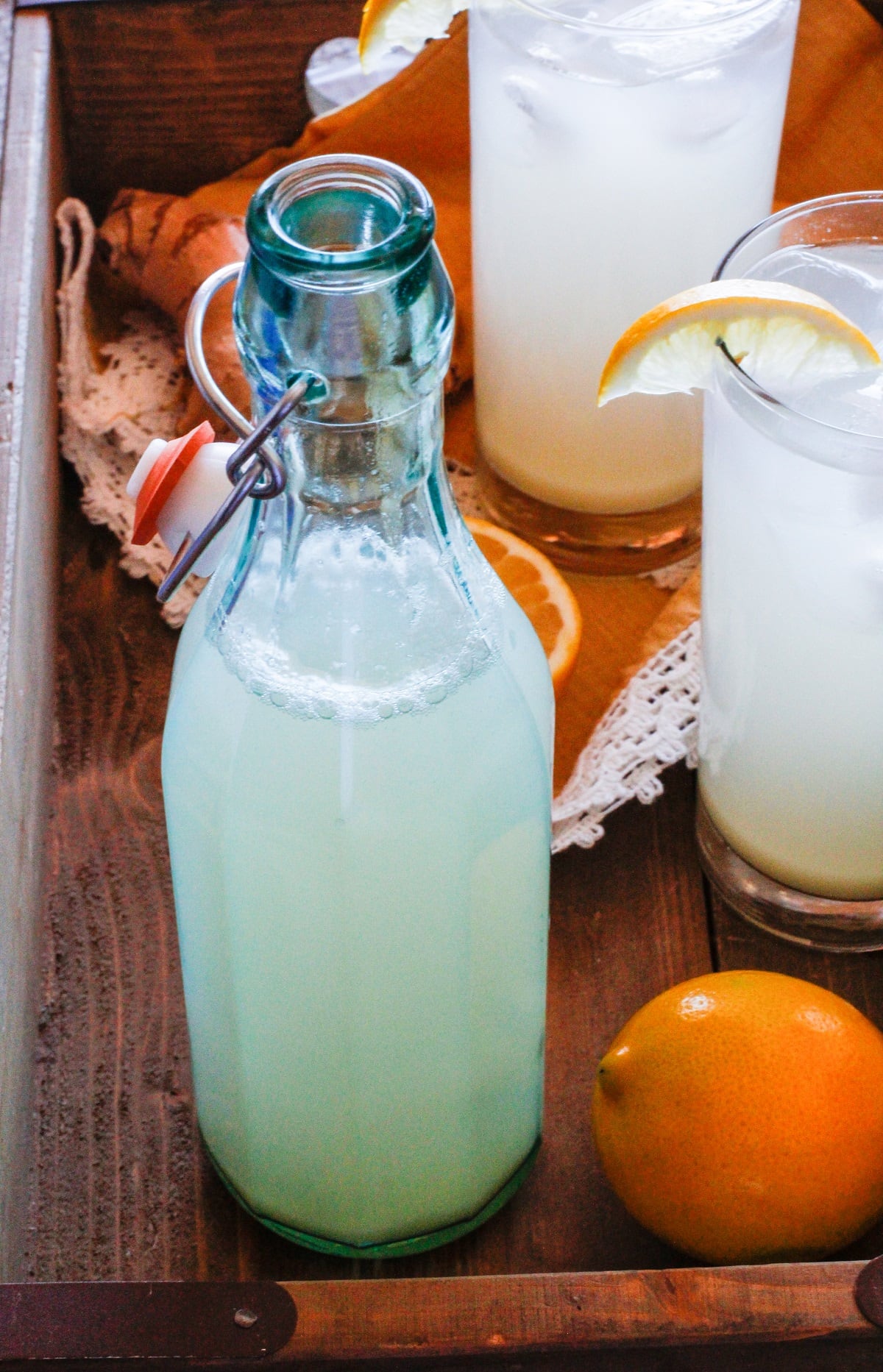
Health Benefits of Ginger Beer:
Ginger is a root and has been used as a natural remedy for upset stomach and nausea across many civilizations for hundreds of years.
It is a natural anti-inflammatory and digestive aid.
Studies show fresh ginger prevents and fights several types of cancer cells including breast, colon, ovarian, prostate, and lung cancer.
Ginger is also known for cleansing the body of toxic chemicals, as it is full of antioxidants.
When fermented, ginger releases enzymes and probiotics, which help maintain healthy gut microflora.
So is ginger beer really good for you?
Based on its ability to lower inflammation, aid with digestion, and boost your body’s immune system, yes, ginger beer is good for you.
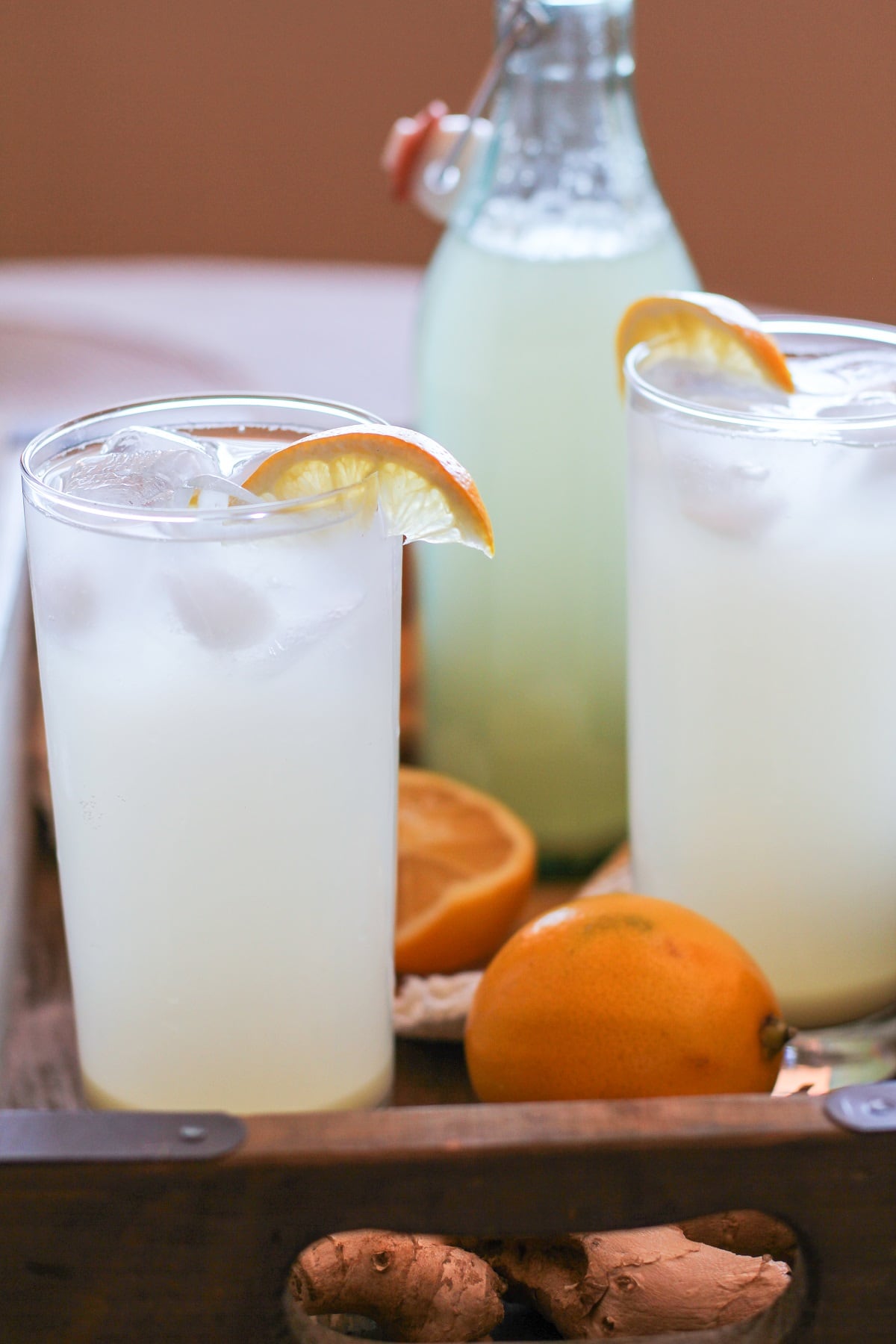
Now that we have all of the details laid out, let’s learn how to make ginger beer!
How to Make Ginger Beer:
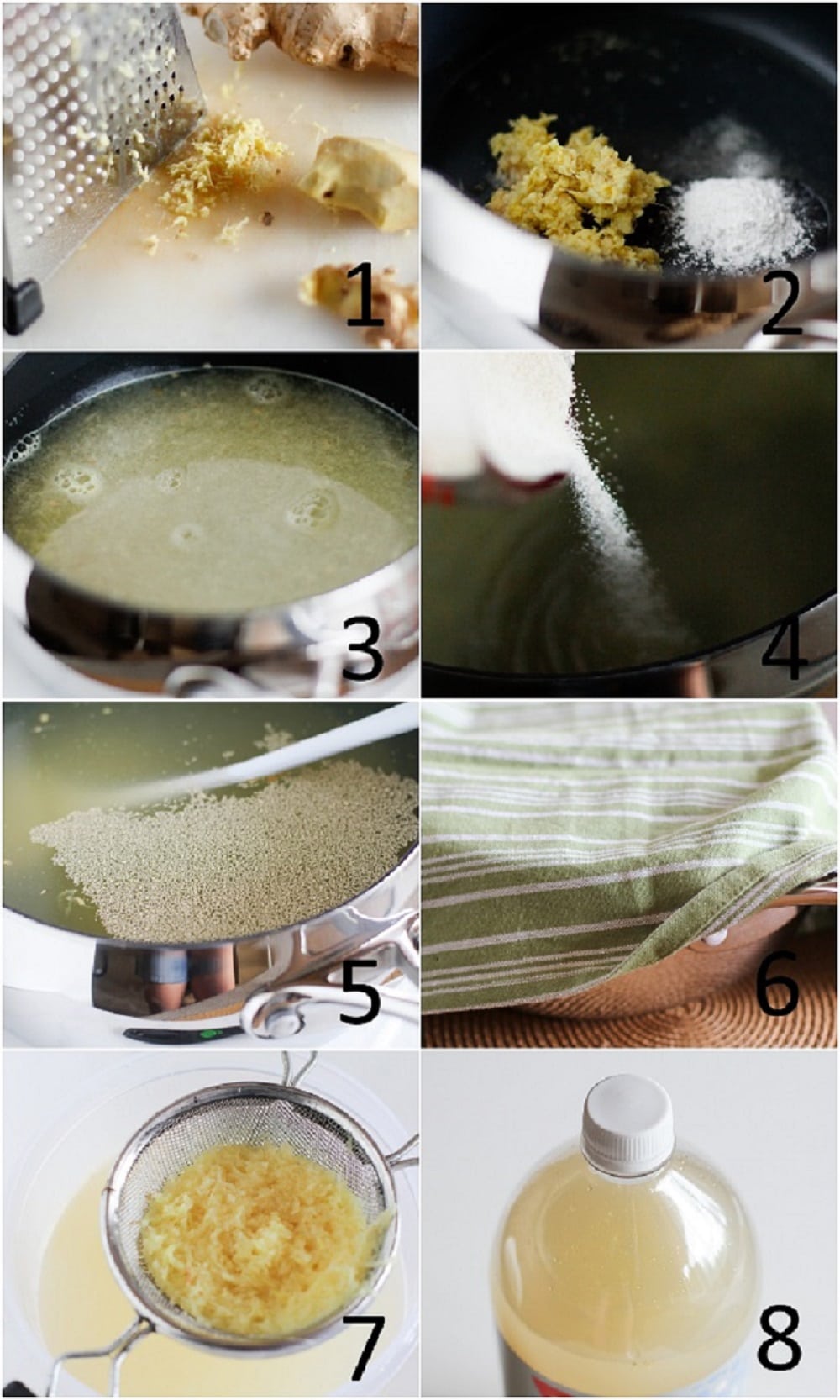
- Peel and grate the fresh ginger using a box grater. You want about 1/4 cup of grated ginger.
- Add the cream of tartar (1/2 teaspoon), lemon juice (1/4 cup), and ginger to a large pot.
- Add 4 cups of water, and bring the mixture to a full boil.
- Turn the heat down to medium, add the sugar and stir until all of the sugar is dissolved.
- Add the rest of the cold water to the pot (5 cups) and allow it to cool to around 75 degrees Fahrenheit (23 degrees Celsius). Add the yeast (1 teaspoon), stir well.
- Cover the pot with a kitchen towel and place in a warm, dark part of your house for 3 hours. The mixture should smell gingery and yeasty!
- Using a fine strainer, coffee filter, or a fine-mesh sieve, strain the liquid into a large pitcher to remove all the bits of ginger.
- Pour this strain mixture into a clean 2-liter plastic bottle. Empty soda water bottles work perfectly, and you can also use 2 one-liter bottles. Do not fill up the bottles all the way because the fermentation will yield carbon dioxide.
Place the plastic soda bottles in a dark place (ideally a warm room or warm place) for a couple of days.
One to three times a day, carefully loosen the caps to relieve some of the pressure without opening the bottles all the way.
The drink becomes very pressurized and fizzy, so skipping this step could result in a ginger beer bottle explosion. True story.
Be very careful in this process and do not point the bottles at anyone’s (or your own) face.
After your brew has finished fermenting, you can either add fruit, simple syrup, juice, or liquor to it to create a customized treat, or drink it as is.
If you choose to bottle the ginger beer in glass bottles, allow the ginger beer to lose much of its fizz prior to bottling, as it will continue to carbonate in the bottles.
This could result in them exploding if there is too much pressure.
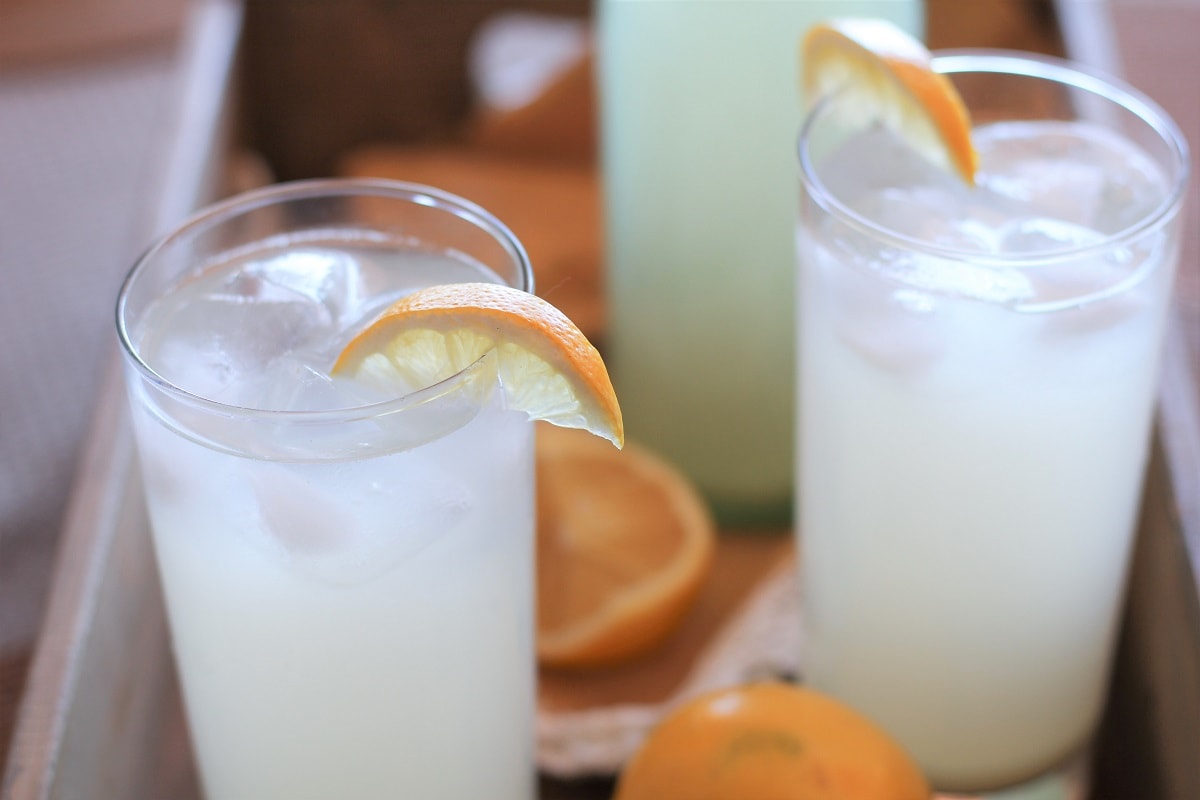
Important Notes:
During fermentation, DO NOT use glass bottles, because the glass can explode under pressure (yes, it builds up that much pressure!), be sure to use plastic bottles with screw tops, as noted in the recipe, so that you can relieve pressure during fermentation.
After 24 hours, you will notice yeast colonies on top of the liquid and settled at the bottom. This is normal!
Once the ginger beer has finished fermenting, glass bottles may be used for bottling and storing.
You must be very careful when opening the bottles because the beverage will still be very carbonated. Always point glass bottles away from your face or anyone else’s face while opening.
The longer you allow the brew to ferment, the more sugar will be metabolized by the yeast, resulting in a less sweet, drier beverage.
I recommend storing finished ginger beer in the refrigerator and always away from direct sunlight.
Depending on the time of year and the room temperature, the brew may take more or less time to ferment. If the room is particularly cool, it could take an extra day or two to finish fermenting, whereas if it very warm, it could take less than 48 hours.
How to Make Sweeter, Spicier Ginger Beer:
If you prefer a sweeter beverage, consider fermenting the ginger beer for one to two days only or simply start with more sugar (about 1 1/4 to 1 1/2 cups instead of 1 cup) than you need.
For spicy ginger beer, start out with double the amount of ginger for a kick. Make your own ginger beer based on your personal taste!
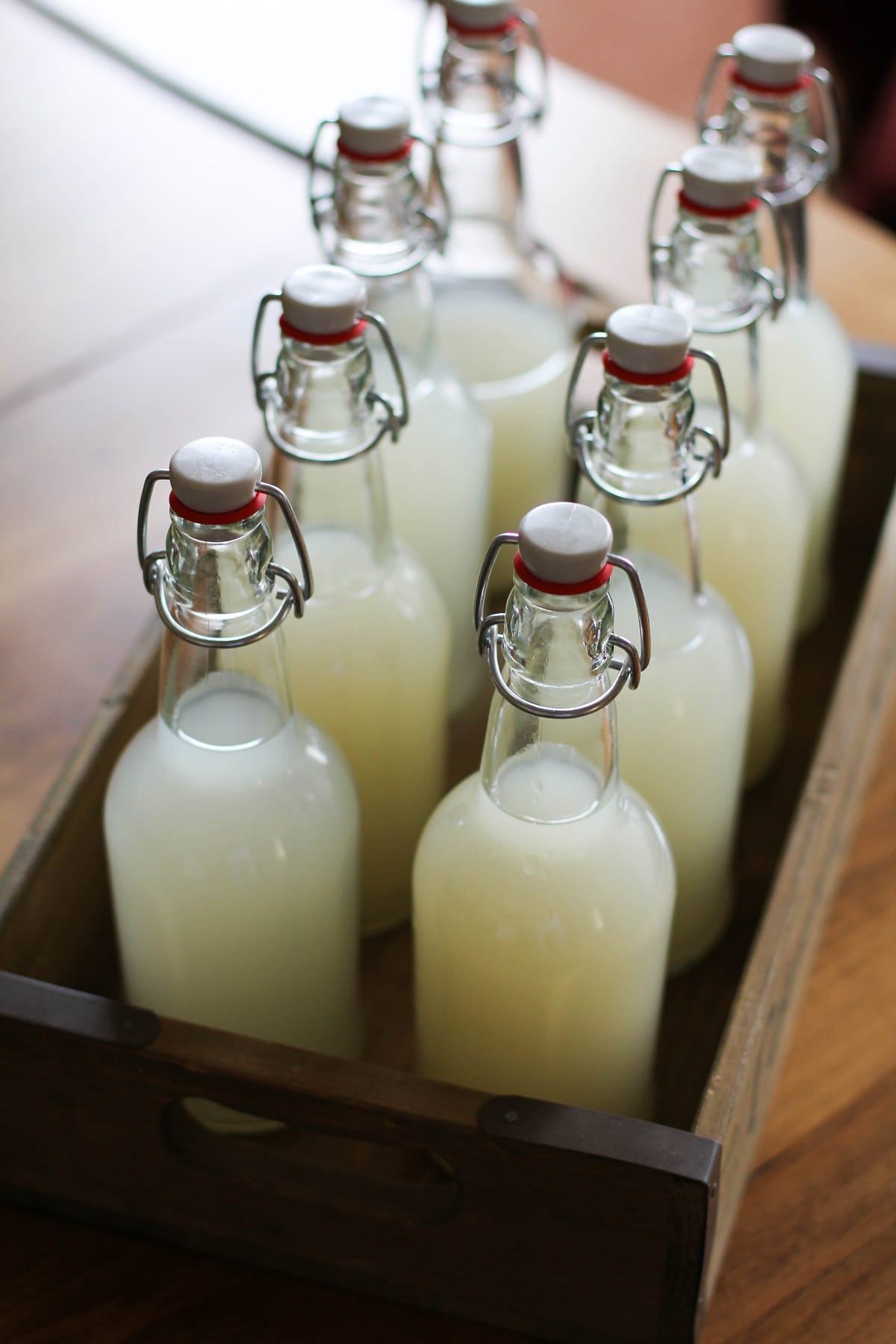
How to Store Ginger Beer:
Once the ginger beer has finished its few-day brewing process, store it in the refrigerator for 10 days, or up to 1 month when left untouched.
You can either store it in the same plastic bottle you used to brew it, or transfer it into glass flip cap bottles. I play it safe and store it in the same plastic bottle I use for fermentation.
Just note that the more you open the bottle, the more carbonation will be lost.
Enjoy the ginger beer as is or use it for cocktails or mocktails! I love it in my Strawberry Moscow Mules and my Cranberry Sauce Bourbon Cocktail!
While I was writing my cookbook, Delicious Probiotic Drinks, I had a great deal of fun with the ginger beer section – for me the challenge of making authentic ginger beer was even more interesting than brewing the perfect batch of kombucha.
Now go forth and ferment you some ginger juice.
My cookbook, Paleo Power Bowls, is now available! CLICK HERE to check it out, and thank you for your support!
If you make this ginger beer recipe, please feel free to share a photo and tag @The.Roasted.Root on Instagram!
Refreshing beverages for a warm day that takes little time, let’s go! Enjoy this homemade ginger ale!
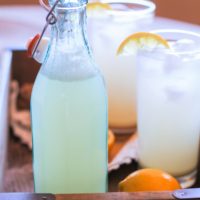
How to Make Ginger Beer
Ingredients
- 9 cups (72oz) spring or well water
- ½ tsp (1.3g) cream of tartar*
- 1/3 cup (35g) fresh ginger peeled and grated
- 1/3 cup (79ml) fresh lemon juice**
- 1 cup (150g) granulated cane sugar***
- 1 tsp (3g) active dry yeast****
You Also Need:
- 1 2-liter plastic bottle with screw top (a large soda water bottle that has been carefully cleaned works great)
- A medium to large sized pot for heating water
Instructions
- Add the cream of tartar, lemon juice and fresh grated ginger to a large pot along with 4 cups of the water. Bring to a full boil.
- Turn the heat down to medium, add the sugar and stir until all of the sugar is dissolved.
- Add the rest of the (cold) water to the pot and allow it to cool to around 75 degrees F (23 degrees C). Stir in the yeast, stir and cover the pot with a kitchen towel. Place pot in a dark place for 3 hours.
- Using a fine strainer, strain the liquid into a pitcher to remove all the bits of ginger.
- Pour the brew into one clean 2-liter plastic bottle (or two 1-liter bottles) but do not fill up the bottle all the way because the fermentation will yield carbon dioxide, causing gases to build in the bottle – you will need to give the liquid some room to build the gas. Place the bottles in a dark, warm room for 2 to 3 days (two days if you want a sweeter ginger beer, and 3 days if you prefer a drier ginger beer).
- Once to three times a day, carefully loosen the caps to relieve some of the pressure (without opening the bottles all the way). Be very careful in this process and do not point the bottles at anyone’s (or your own face). After the ginger beer has finished brewing, store it in the refrigerator to chill. This will also slow the fermentation process.
- Pour in a glass and enjoy as is, or add a splash of rum and lime juice for a Dark n' Stormy. Ginger beer keeps for 10 days – be sure to store in air-tight bottles in your refrigerator.
Video
Notes
Nutrition
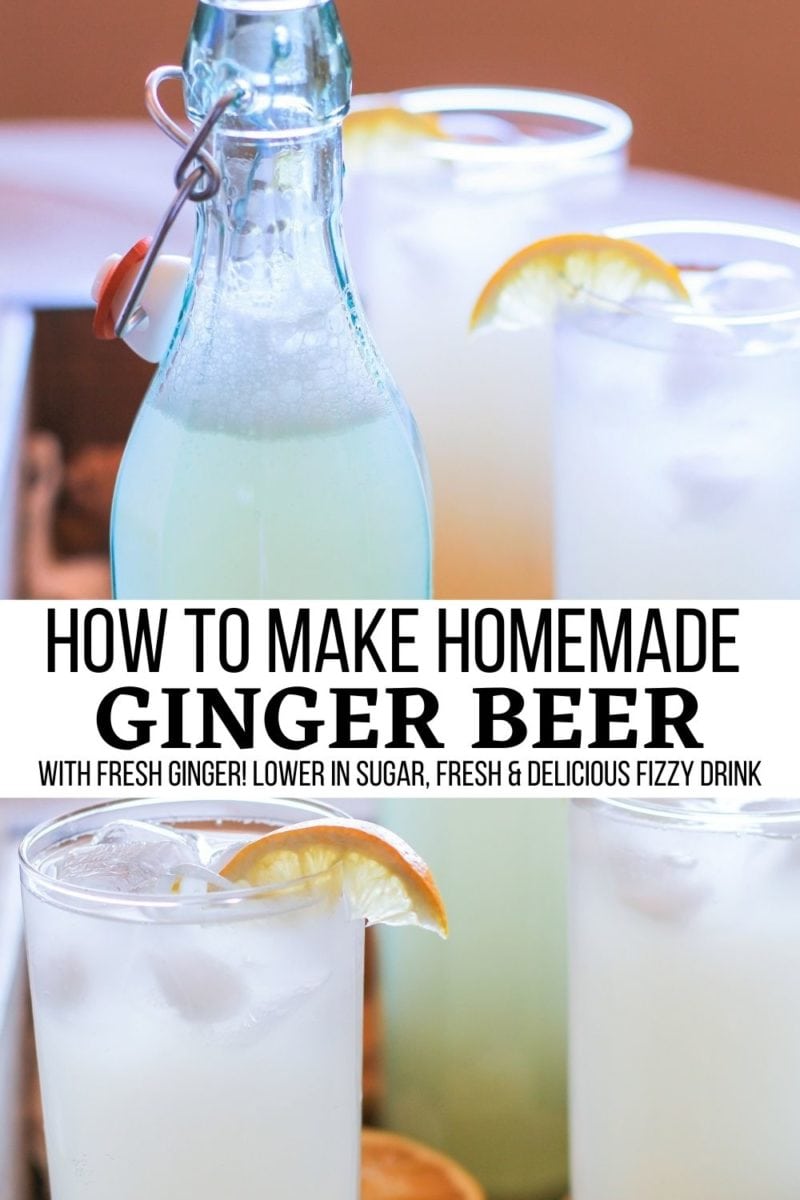
This post contains affiliate links, which means I make a small commission off items you purchase at no additional cost to you.
I originally shared this recipe on September 1, 2014. I updated the information and photos to make the tutorial even better.

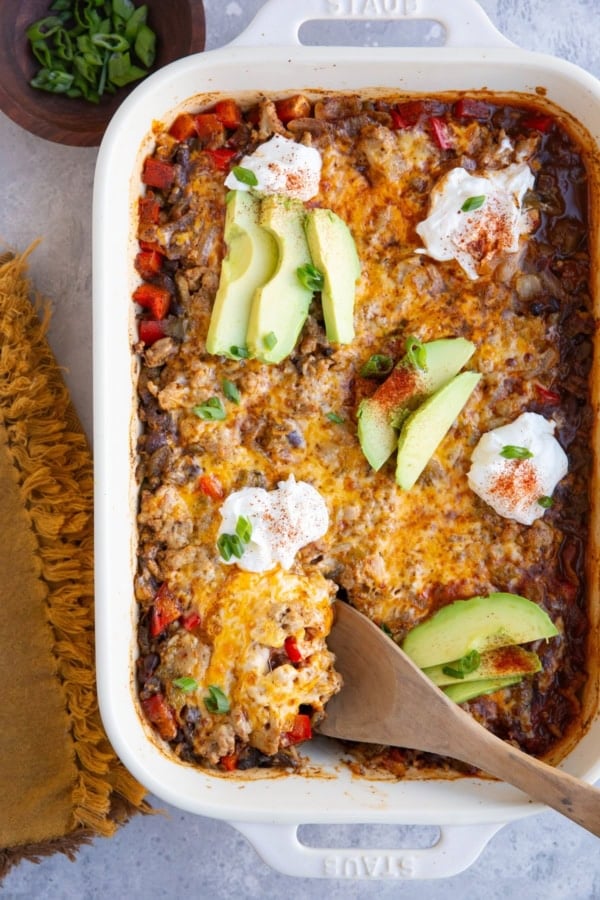
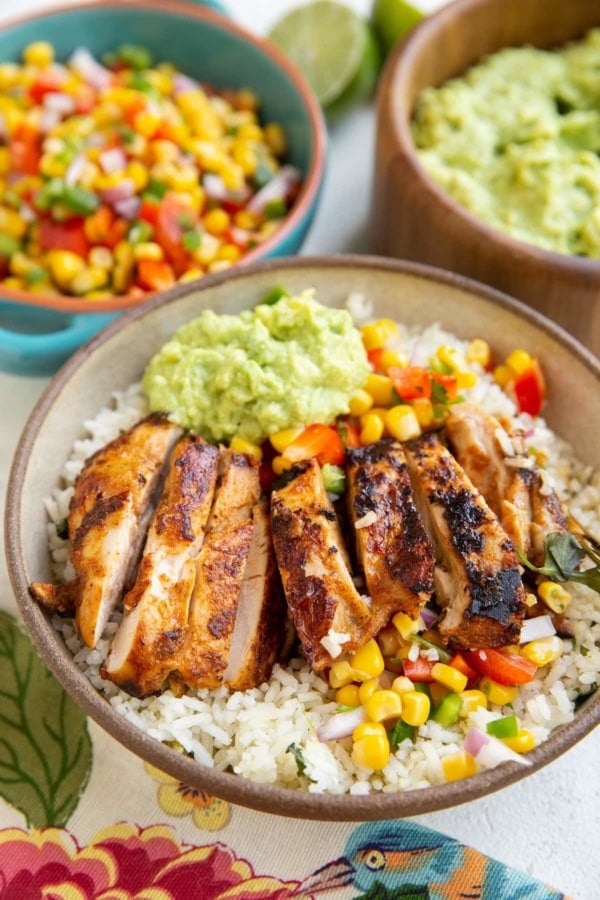
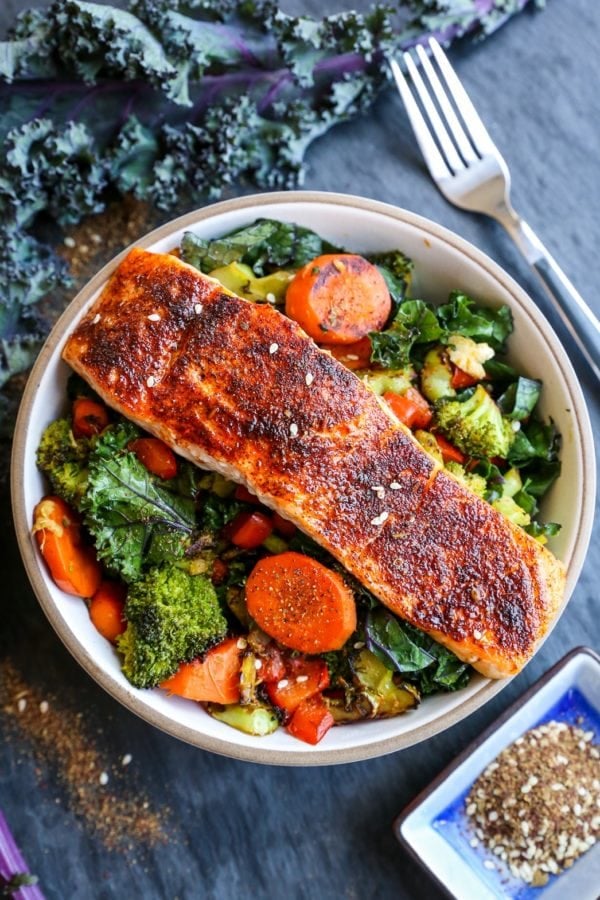
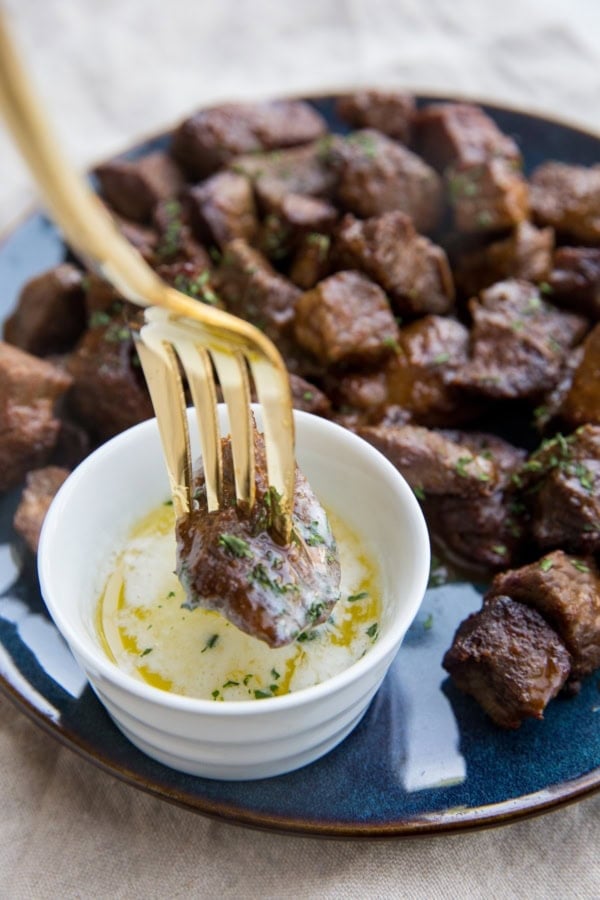









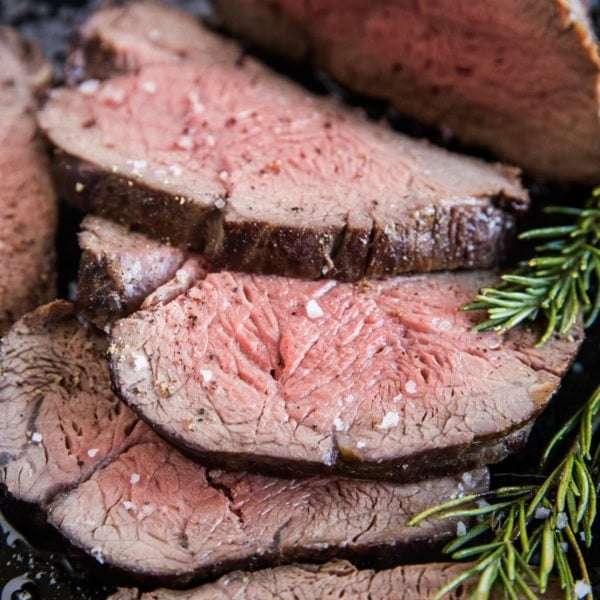
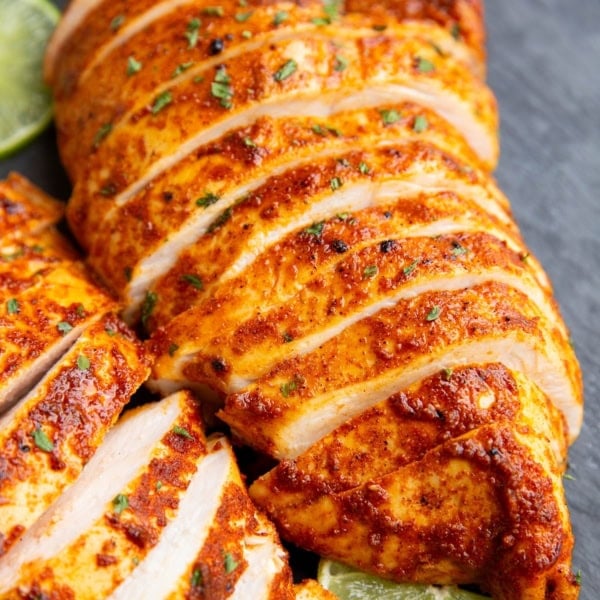
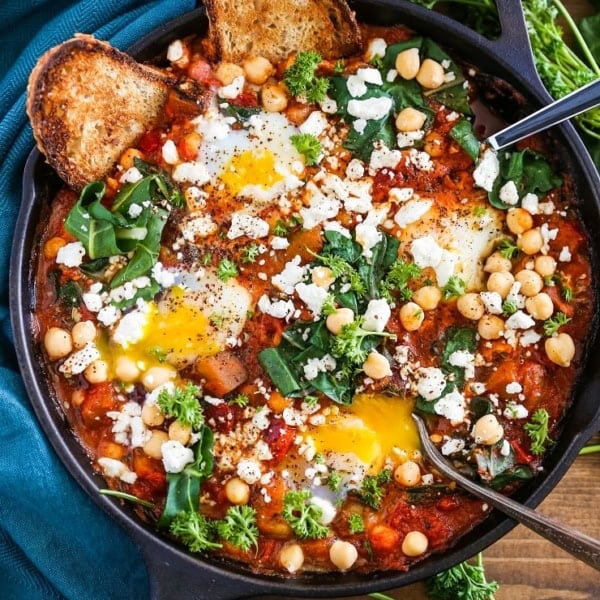
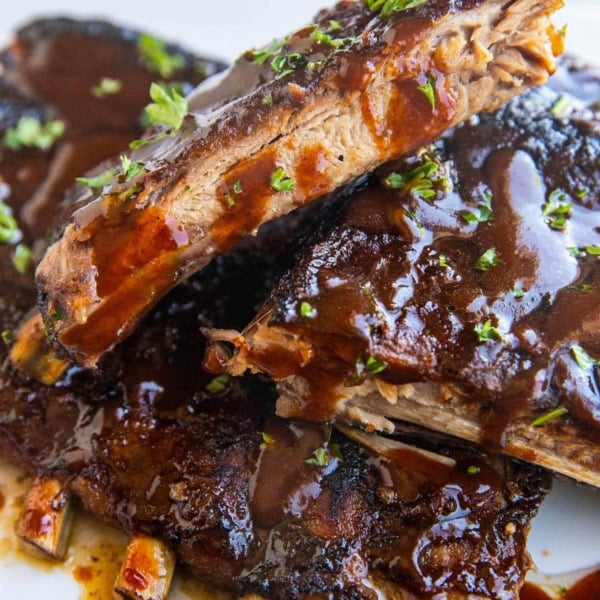
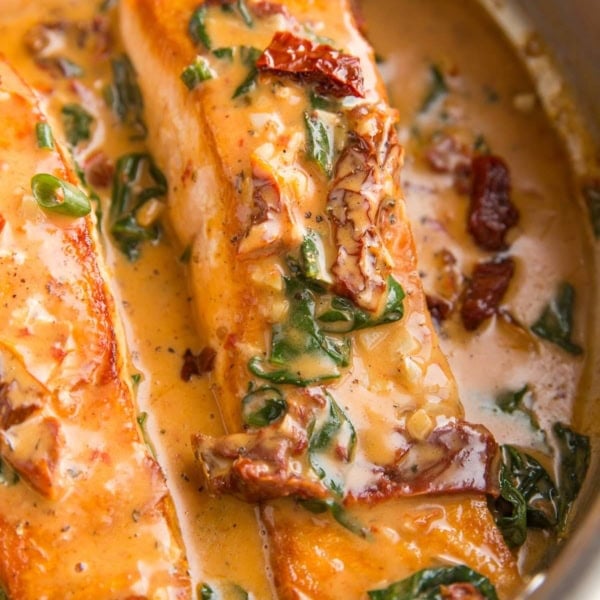
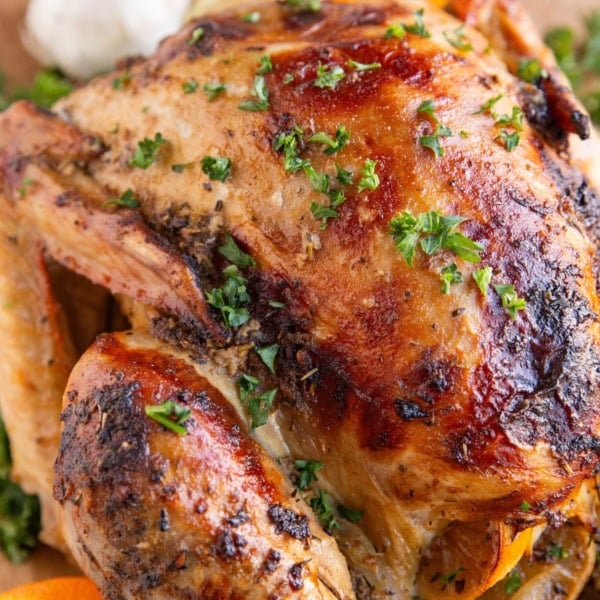
Is there any way to make a ginger bug with the leftover yeast/pulp? Just wondering…and thanks for the great recipe!!! I’m about 12 hours into it now and can’t wait for my finished product!
Hi Lesli, I imagine you could use some of the leftover yeast and pulp to start a new batch, although I think you would still need to add more ginger, yeast, sugar and lemon juice. Let me know if you try it, and hope you enjoy!
I followed your directions but after 2 days of fermentation my ginger beer had too much yeast taste. My senses tell me that I should use less yeast. I added it around 90 deg F but this should not be significant to give us that effect. I shall continue fermentation for another day. Thank you for your reply.
Different yeasts also impart different flavors. Try a champagne or cider yeast or cultivate a ginger bug… It’s a naturally occurring yeast from the ginger skin
paul my senses tell me you are not fit to drink ginger beer
Hi guys, I had a quick sip today and it’s tasting very sharp with quite a liquor style kick to it, should it be like that? I added more sugar to sweeten it up slightly also. It’s been sitting for two days and I plan on only sitting it another 24 hours. I’ve never tasted home brewed Ginger Beer so is this what it’s like?
Hi Paul, I’ve never found my ginger beer to have a liquor flavor, but it definitely has a spicy kick because of the ginger. To me, it tastes spicy, sweet, and yeasty. I’d say add some sugar (maybe some extra water, too). You probably don’t need to let it sit for another day because it sounds like the yeast has already eaten the sugar in your batch. It’s probably ready to chill and drink. Hope you enjoy and let me know if you have any other questions!
Sounds like you are onto a good thing there Paul. …. add a pricked chilli to the initial mix and that will give you that extra punch in the throat with the first sip….just for fun…
This recipie will get about 2% alcohol. If you want more you could add more sugar and let it sit a day or two longer. Yeast is a simple thing, however all are not the same. The basic thing yeast does is turn sugar into alcohol and carbon dioxide. The flip side is that taste is going to be compromised if you go for more alcohol. Without going into a long disrotstion on yeast, I’ve had a pleasant results with Lavlin 1118, but I’m trying a few other varieties for fun.
I’m also syphoning off the mix into my bottles at the end, verses pouring it into the bottles. You leave behind the yeast residue this way.
I’ve made few batches and it keeps getting better!
Why does the finished product last only 10 days? What happens after 10 days?
Hey! I’ve just finally got my brew down to 75degrees and have added the yeast and it’s now sitting in a dark spot for three hours before I bottle it! How would one turn it into an alcoholic version by natural fermentation rather than adding Vodka ect?
Thanks!
Hi Paul, That’s a great question! To be honest, I’m not sure. I don’t think you can get much alcohol out of using this method…I think you’d have to distill/brew using brewer’s yeast or champagne yeast. I believe doing so requires a few weeks of fermentation and some different equipment…so essentially, I assume it’s an entirely different process. Sorry I can’t be more help – let me know if you figure out how to make a naturally alcoholic ginger beer, because that sounds delicious! 😀
Hi Julia,
Thanks for the super quick reply! After doing a little research it does require a fair bit of work to make an alcoholic version so I’ll just stick to this one for now!
I vented my bottles this morning after their first 12 hour rest and boy’o’boy am I glad I used really sturdy plastic bottles as one of them was so full of gas it took a good minute to vent! The other unfortunately didn’t have the rubber seal in its lid so it was venting all night but I have since swapped it into a normal soda bottle and will be venting them quite regularly I think.
Thanks again! I’ll keep you posted on my progress!!!
No problem, Paul! I’m so glad you’re enthusiastic about making ginger beer and appreciate you sharing your feedback! Always feel free to reach out with questions and I can’t wait to hear how it all turns out!
If yeast eats suger alcohol is the byproduct…. More suger more alcohol. Alcohol will continue to be produced until suger runs out or the alcohol content becomes to high and kills the yeast… Different yeasts tolerate more or less alcohol depending on strain.. Different yeasts also impart different flavors
I recently discovered Moscow mules and the ginger beer. I made this recipe and it was wonderful! I used rapid rise yeast and it was very successful. Ready to add vodka now!
That sounds awesome, Camille! I love using ginger beer in cocktails, too 😀 So happy you made and enjoyed the recipe!
I just noticed your recipe indicates you should add the lemon juice on both the first and second step. Which is the correct time to add it?
Cheers!
Thanks for catching that, Tim, and sorry about the confusion! Actually, adding the lemon juice in either step one or two will work, but I changed the recipe so that it says to add it in step 1 🙂 Many thanks!
Thanks for the quick reply!
I made a batch and added in the second step. It turned out well, but I’m making another batch today to try and up the ginger. I’m going to use double the ginger and I’ll add the lemon juice in the first step!
I’ll check back to let you know how it goes.
Cheers!
Have you ever tried using wine yeast? I make a lot of wine and while you could use bakers yeast it would make your wine taste funky. I’m guessing that if you used wine yeast in your ginger recipe it would come out even better. That being said, you have explained the process and recipe very well. I now understand the difference in using a “ginger bug” too! I will be making this, thank you!
The yeasts are pretty much interchangeable in my experience. I use both wine and champagne yeasts mainly, because they sound cooler. 🙂
Hi Zac!Thanks so much for your interest – and I’d agree with Rod – I bet wine yeast would work excellently, and would award you some extra bonus points for taking a unique and awesome approach 😉 Let us all know how it turns out!
You are “The Great and Powerful Oz” You have “instilled” in me the courage, and knowledge to enable me to distill a fine batch of ginger beer, and for that I give you my “heart”felt thanks. Bob
Bob, I’m so happy to hear you love the ginger beer!! I think it’s such a fun project, and I love the way it tastes! I’ve been thinking about brewing another batch, myself, and using some of it in cocktails – YUM!! Happy New Year, and thanks for the kind note!
How long will this keep once bottled? Does it need to refrigerated?
My last batch, made in a one-gallon glass jug, lasted several weeks in the refrigerator; I’d also made a half-gallon at the same time, which we finished first. But after opening the gallon jug and enjoying a glass every day or two, it stayed nice for at least two weeks. (Yes, homemade ginger beer must be kept refrigerated.)
Awesome, thanks! Started the batch yesterday – can’t wait!!
So happy to hear it, Sarah! Keep us all updated on how it turns out 😉 xo
Do you add lemon juice to the pot in the first or second step? Also, do you tighten the tops after letting out some fizz each time?
Hi there! You add the lemon juice in step one. You do tighten the lids after letting the air out each time. 😀 Let me know if you have any other questions.
Thanks for asking that question, I had the same question
I read a comment about keeping it chilled so I have a couple of questions.
1) during the 2 days of fermenting it doesn’t go in the fridge?
2) after it’s made it should be in the fridge? If so is it fine to take to work and not chill it for that day?
Do you think there’d be any problem with using rapid-rise yeast? That’s all I’ve got at the moment, sadly.
Hi Joyce, I think rapid-rise yeast would work! I’ve never tried it, so I can’t be sure, but I assume it would work just fine. Let me know how it turns out!
How does this recipe vary from the alcoholic ginger beer version?
Hi Emily, the alcohol content is lower in this recipe than if you were to brew a legit batch of ginger beer. Let me know if you have any more questions! xoxo
Will the drink that I make from this recipe be non-alcoholic?
Yes, most certainly non-alcoholic.
there Is most definitely alcohol I’m this, it is an anerobic fermentation of sugar by yeast. If this was left to ferment out to 0 sugar it would have around 4-5% abv
Your initial disclaimer (“about a zillion ways…”) allows wiggle room for experimentation, which is good! Just discovered your recipe when searching on “how long to ferment ginger beer,” curious primarily to learn at what point fermentation results in an alcoholic beverage. The recipe I’ve been using for a couple of years now is similar to yours in terms of the ingredients (minus cream of tartar; what the heck’s *that* for?), but does not require boiling anything. I just use regular drinking water, added to the ginger juice (which I’ve squeezed from the pulp and run through a cheesecloth), lemon juice, sugar and yeast (about half the amount your recipe calls for), and the result has been quite tasty. Still, I love experimentation and will try your recipe on my next batch. Love homemade ginger beer! Thanks for sharing your recipe.
Pinned! This looks amazing!